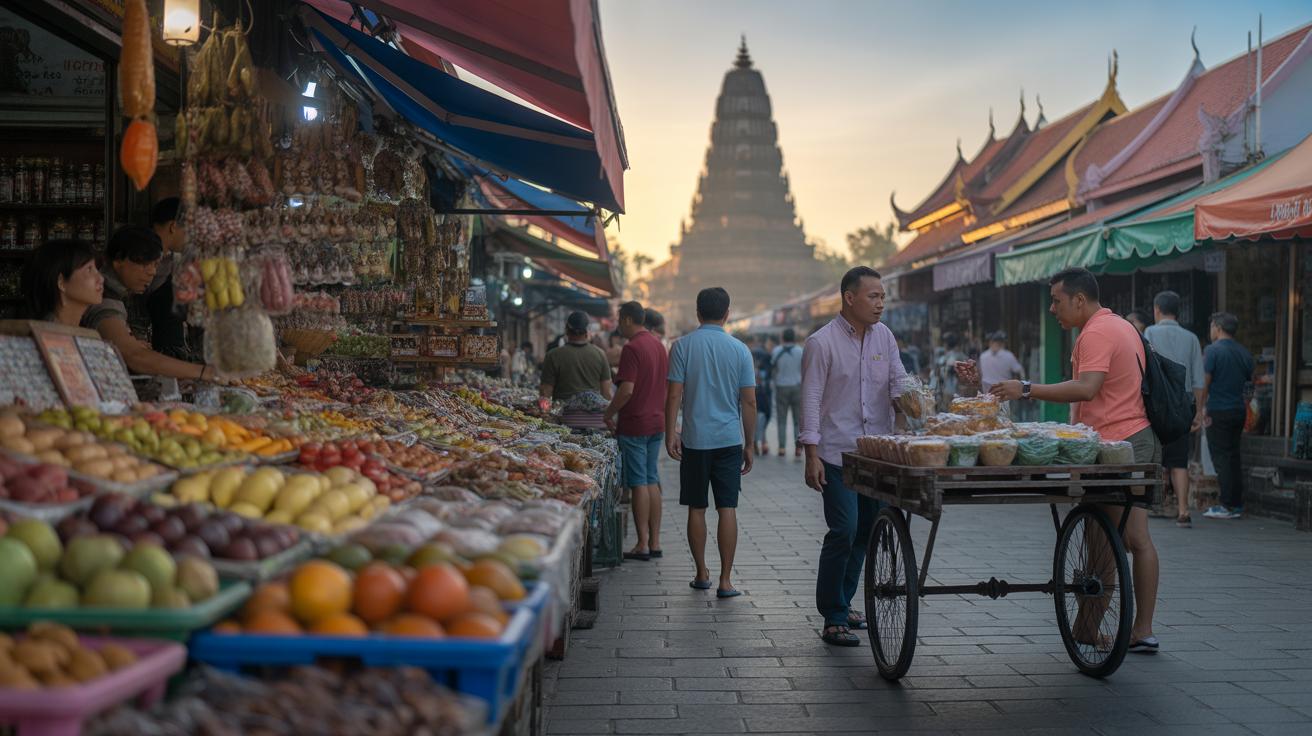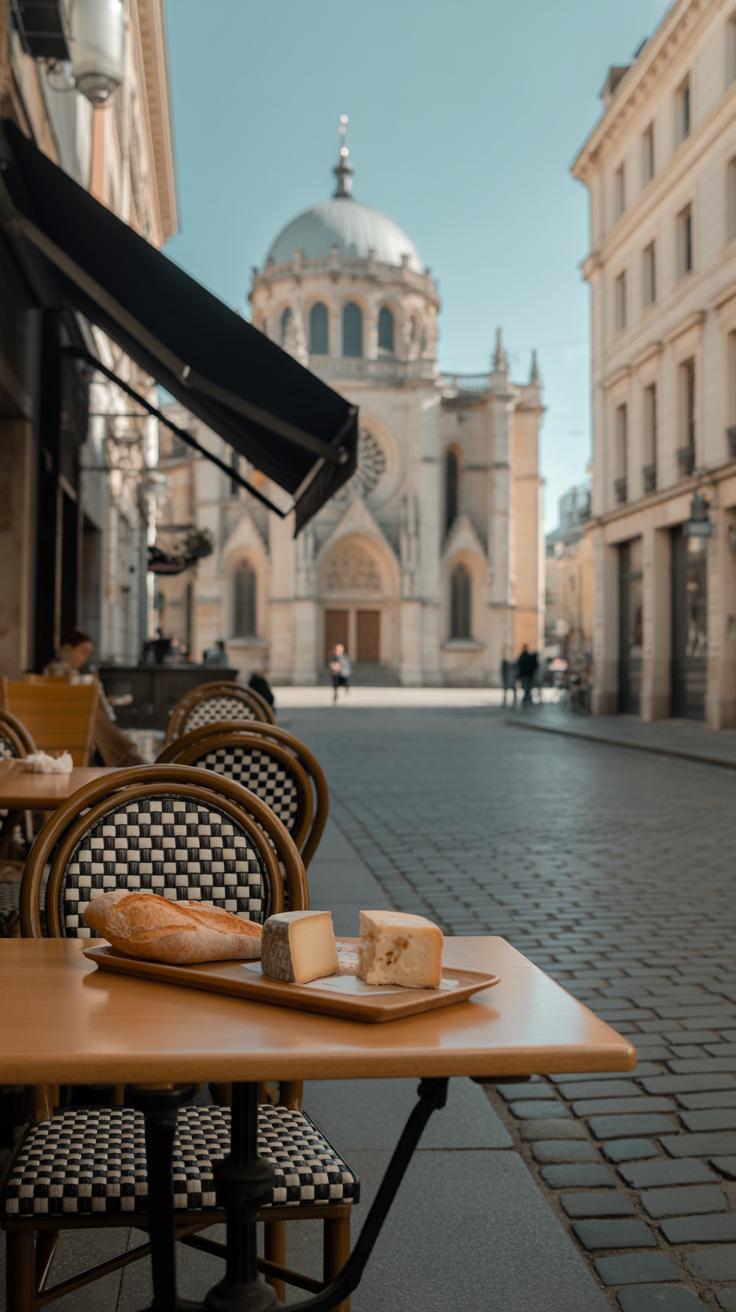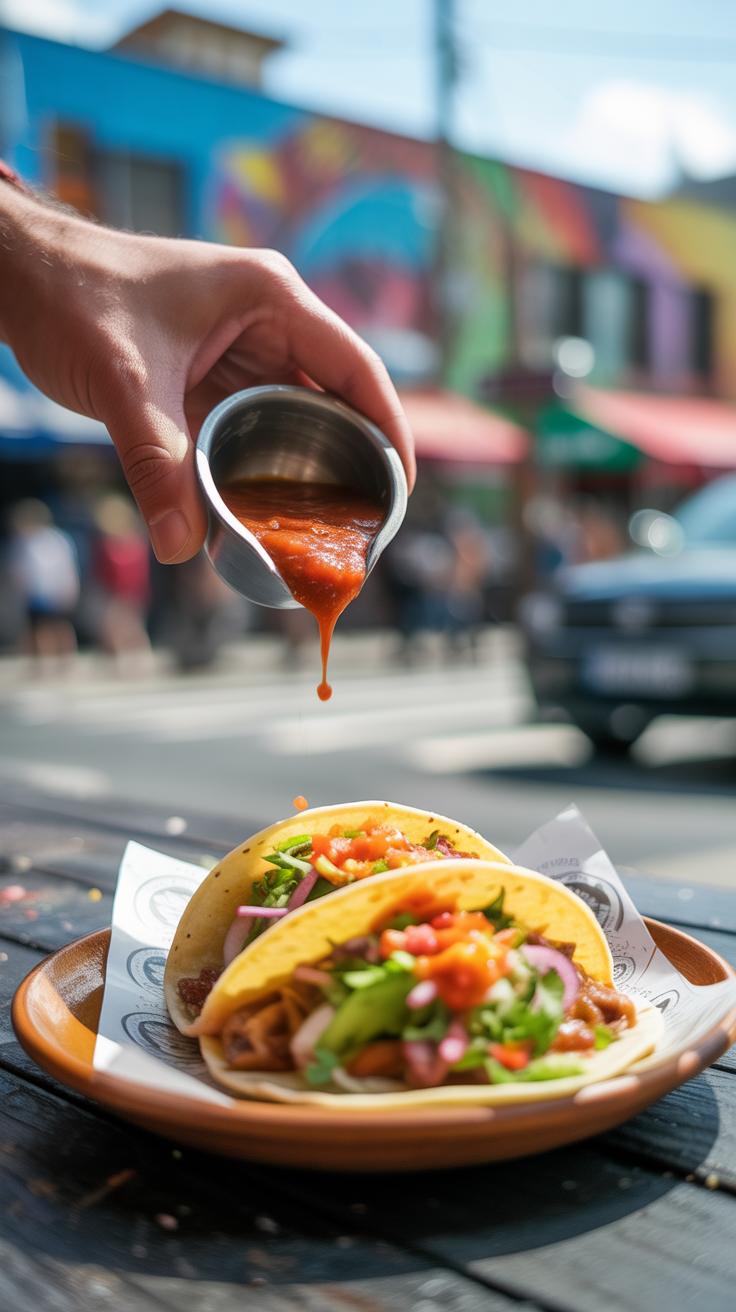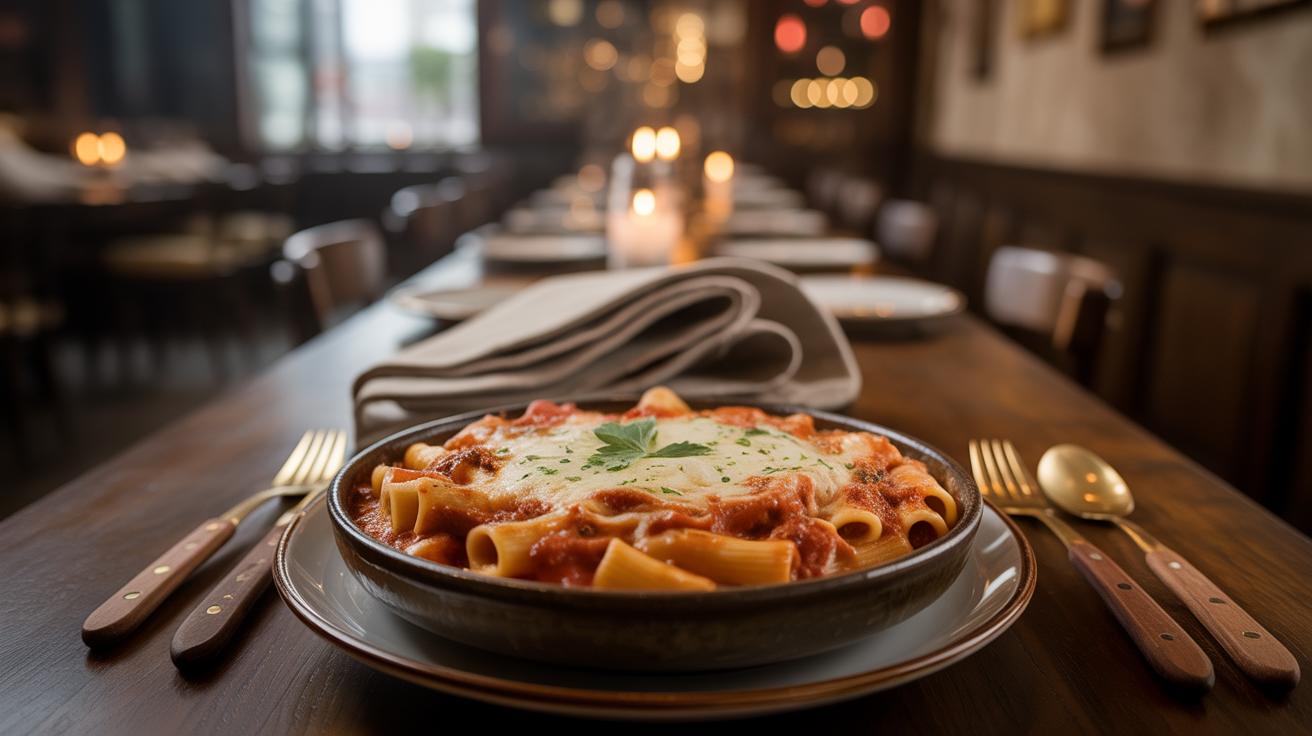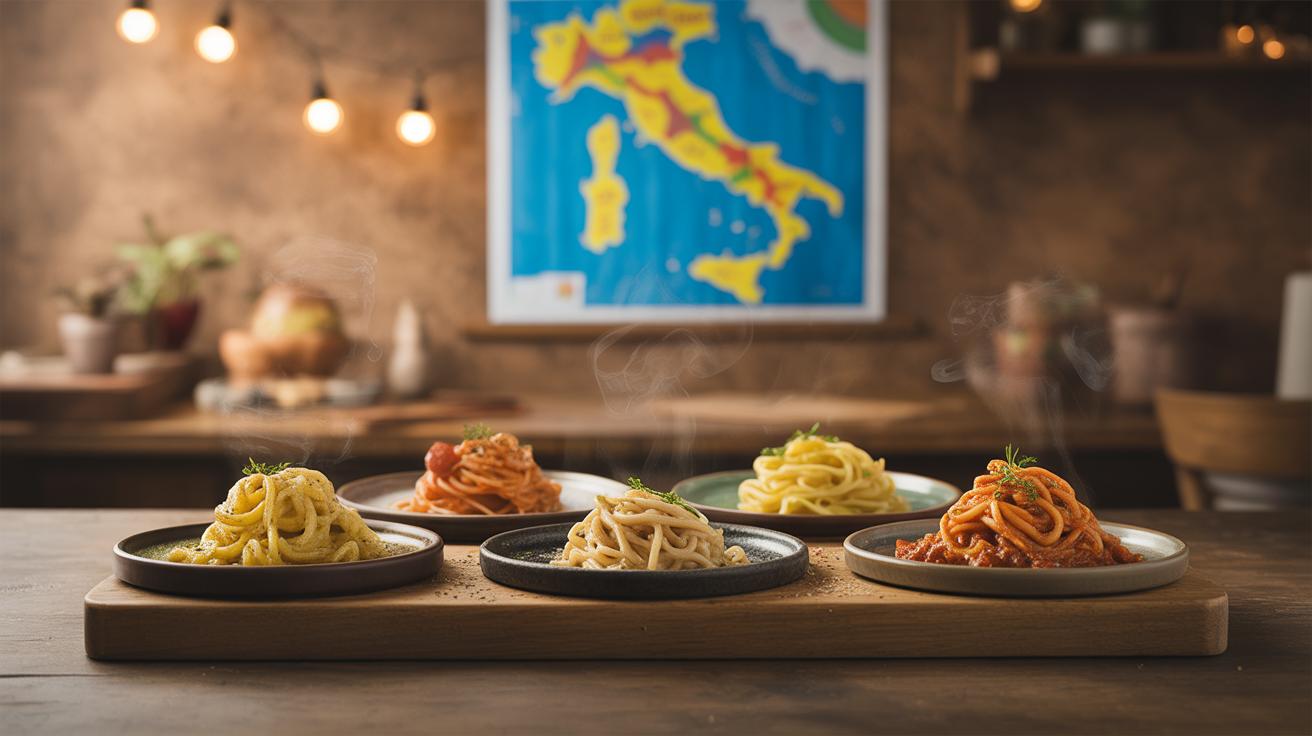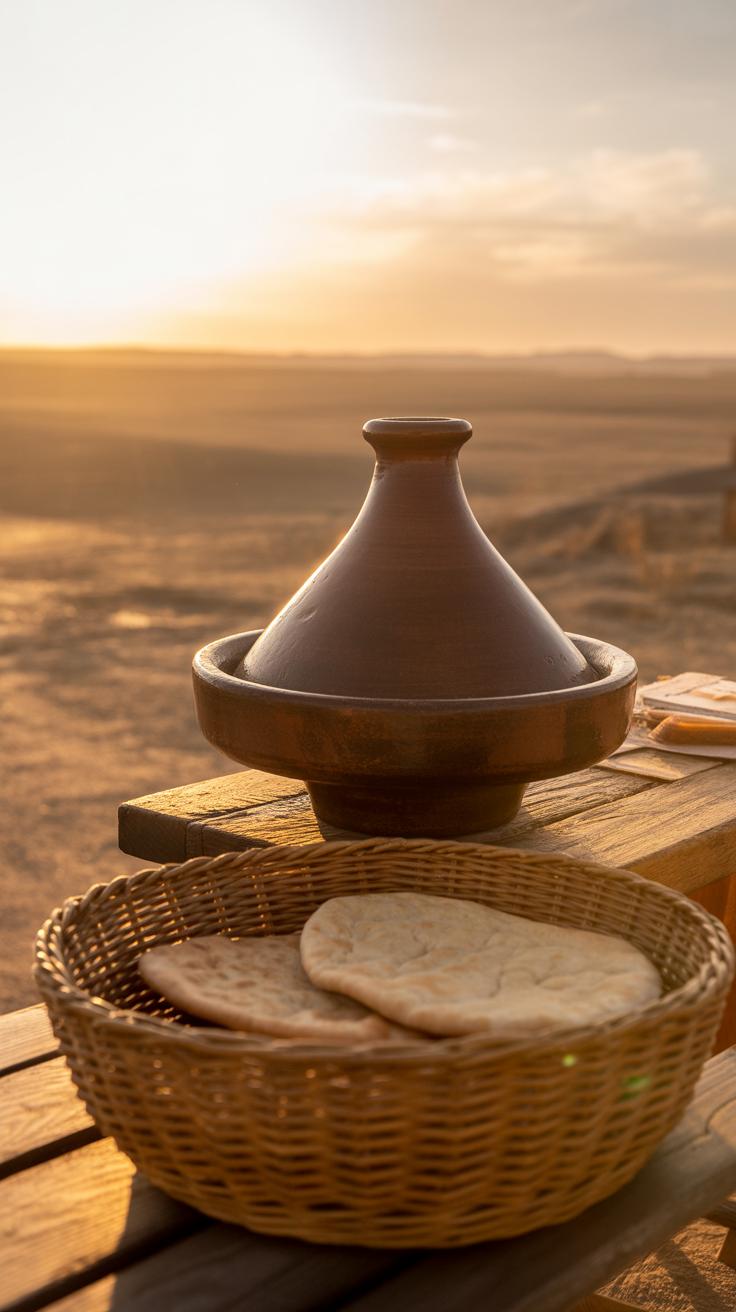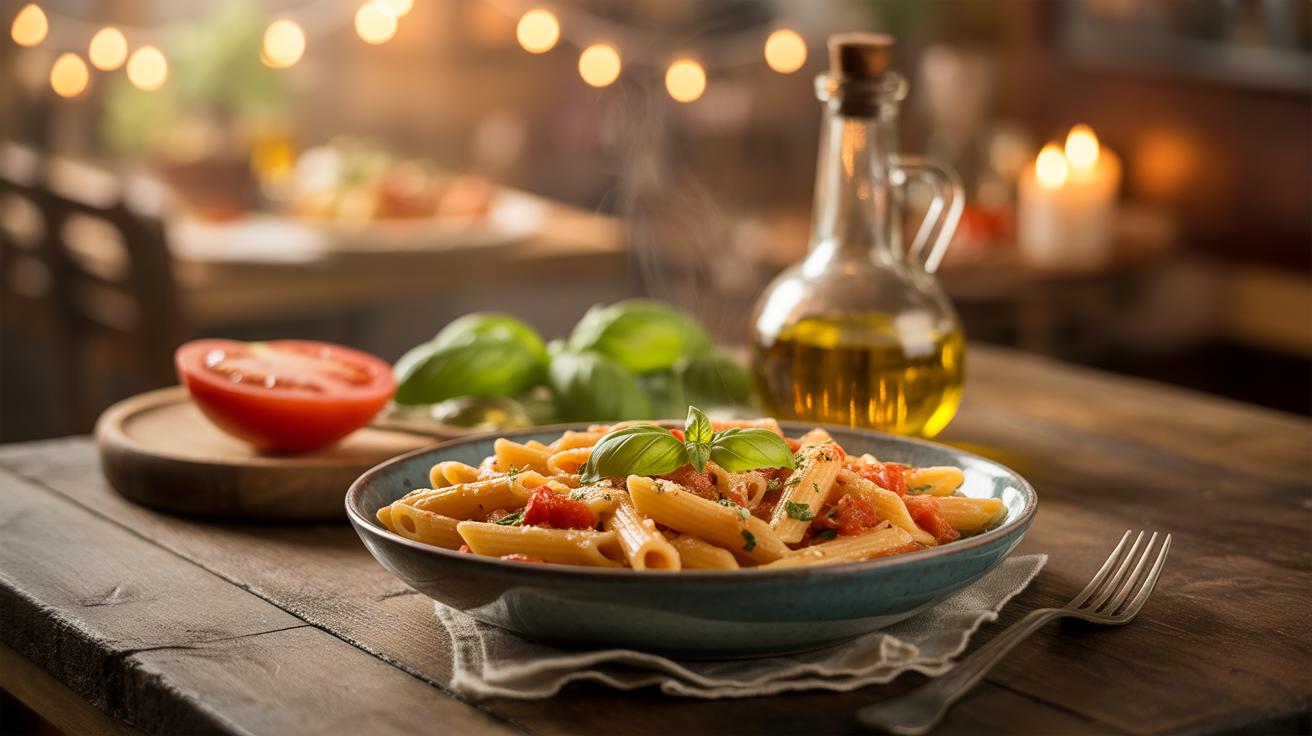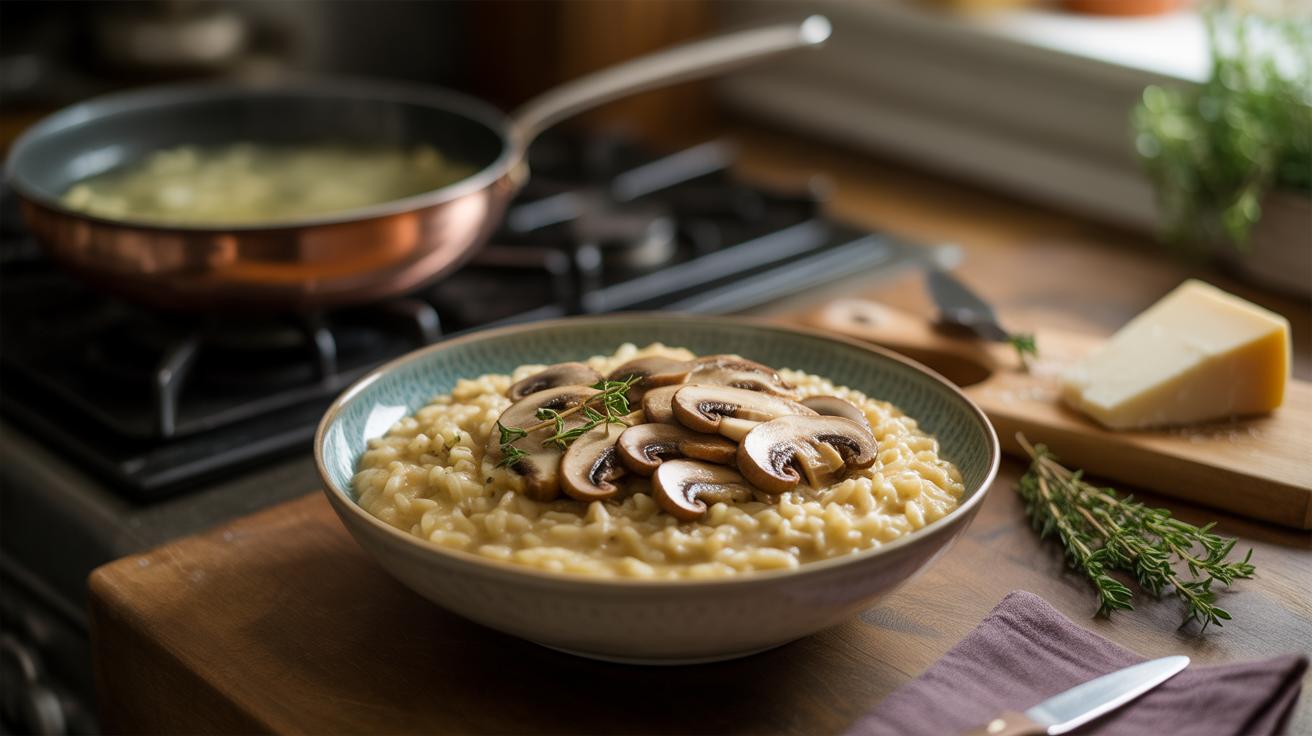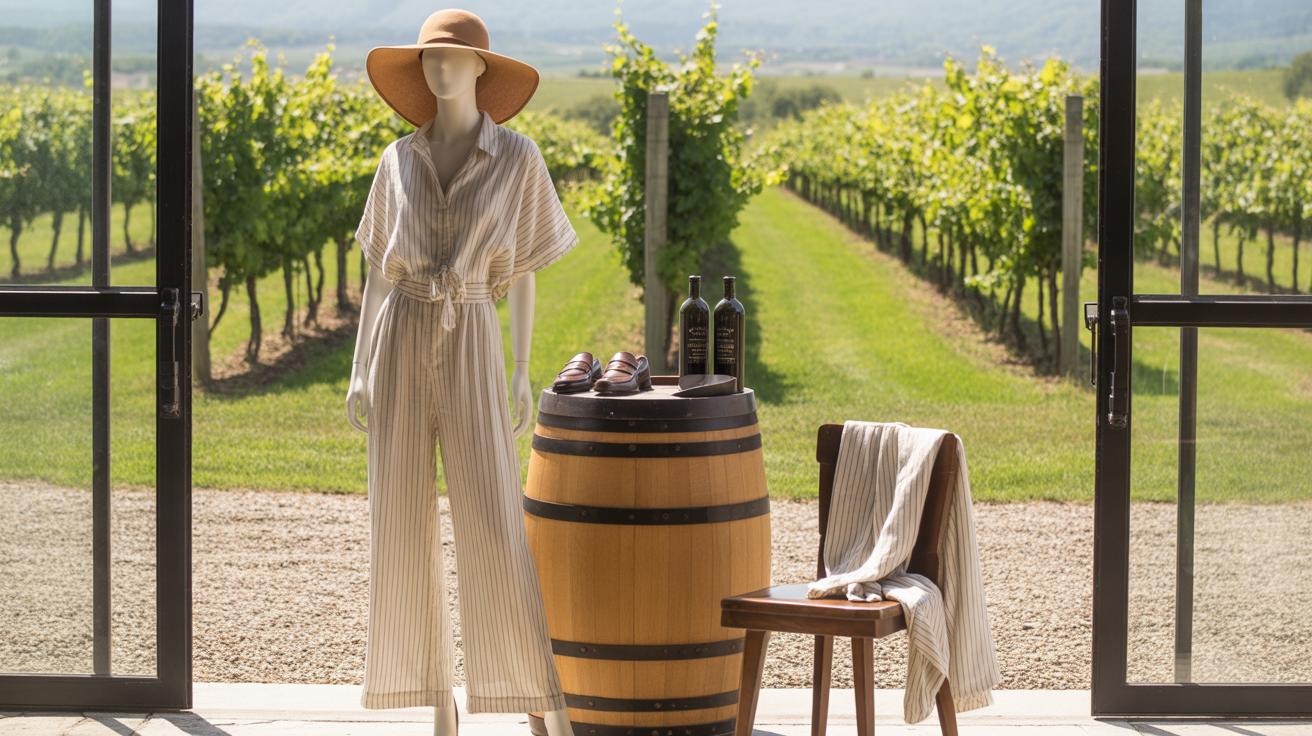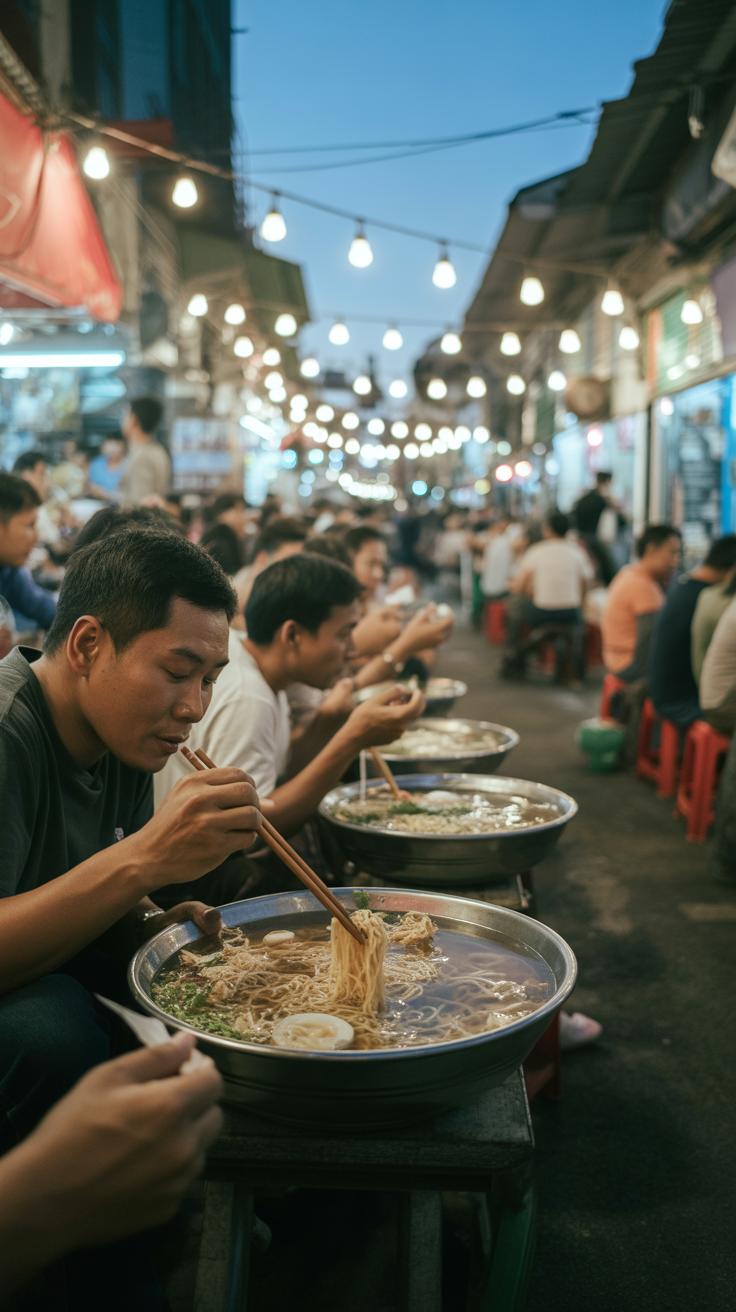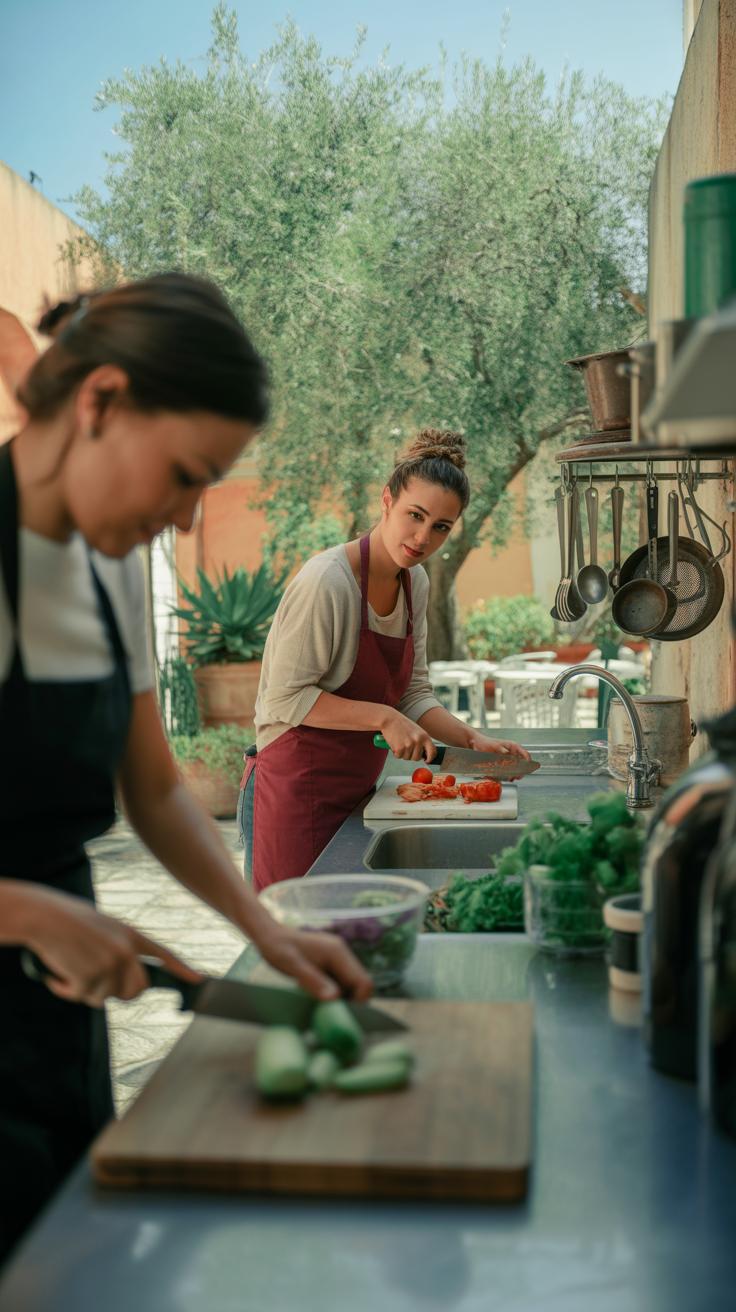Introduction
Traveling offers more than just beautiful sights; it opens a door to taste new and exciting foods. Must Try Travel Food Destinations Around The World lets you explore famous places known for their unique dishes and special flavors that you won’t find elsewhere. Whether you like street food or restaurant meals, every destination has a story told through its food.
In this article, you will discover some of the best places across the globe to enjoy delicious foods. You’ll learn what makes their local cuisine special and find tips on how to make the most of your food adventures. Get ready to travel with your taste buds and enjoy every bite.
Discovering Food Destinations in Asia
Asia’s food scene is as diverse as its cultures, offering travelers an enticing range of tastes. Think of cities like Bangkok, where spicy street food dominates, with dishes like pad thai and mango sticky rice readily available from vendors that seem to be on every corner. Or consider Tokyo, where sushi and ramen go beyond the usual and reveal layers of precision and tradition you might not expect.
In India, the palette shifts to bold spices and rich curries, with Mumbai and Delhi serving chaats and tandoori treats amidst bustling markets. Vietnam’s Hanoi invites you to try pho at dawn, savoring a bowl so fresh it almost feels alive. What sets Asian cuisine apart is the balance — between sweet and sour, salty and spicy — crafted to hit all your senses without overwhelming.
Popular Asian Cities for Food Lovers
Some of the best food experiences come from simply walking through city streets. Taipei offers night markets where bubble tea and stinky tofu share space with grilled squid and oyster omelets. Seoul’s street stalls tempt with tteokbokki (spicy rice cakes) and Korean fried chicken, perfect for nibbling on the go.
Street snacks mingle with sit-down meals like Malaysia’s chestnut chicken or Singapore’s chili crab. Food markets, such as Beijing’s Wangfujing or Jakarta’s Pasar Santa, combine the feel of a shopping trip with the thrill of discovery. Festivals too, like Japan’s Sapporo Snow Festival, often highlight regional specialties that entice locals and visitors alike.
Experiencing Asian Food Culture
Eating is just the start; understanding adds depth to your trip. Cooking classes in Chiang Mai can reveal the secret to the perfect green curry, while food tours in Ho Chi Minh City often weave through hidden alleyways, stories mixing with tastes. You might find yourself invited to share a family-style meal or joining locals in communal dining, a ritual that encourages slower eating and lively conversation.
Pay attention to dining etiquette—slurping noodles in Japan shows appreciation, but tipping in Taiwan isn’t typical. Such customs offer windows into history and values you wouldn’t notice just passing through. So, don’t just eat—immerse. It’s these small interactions that turn a good dish into a memorable experience.
Exploring European Culinary Hotspots
Europe holds a treasure trove of food experiences, each city and region offering something distinct. Take Paris, where you might try the classic coq au vin or flaky croissants that seem simple but carry layers of history and skill.
In Italy, regions like Emilia-Romagna delight with rich dishes like tagliatelle al ragù in Bologna or Parmigiano-Reggiano cheese tasting in Parma. Visiting local trattorias there means stepping into a living tradition, shaped by careful, slow cooking.
Spain’s Basque Country serves pintxos—small bites bursting with flavor—perfect for tasting many things at once. Try the coastal city of San Sebastián for its bustling markets and pintxo bars.
Famous Foods and Where to Find Them
Think about Germany’s sausages—Bratwurst and Currywurst in Berlin—and how they’ve become more than street food; they reflect local pride and seasonal ingredients.
In France, the dish of bouillabaisse in Marseille stands out. It’s more than fish stew: a ritual of Mediterranean flavors and community dining. Try places like Le Miramar, known for capturing this essence authentically.
Then there’s Hungary’s goulash—a hearty, paprika-spiced stew that feels like a warm embrace during colder months. Budapest’s Central Market Hall offers stands serving it all day, ideal for curious travelers.
Cultural Food Traditions in Europe
Dining customs vary widely. In Italy, meals are social events—meant to be savored with time and conversation. You might find yourself tempted (even encouraged) to linger over multiple courses.
In Scandinavian countries, the tradition of “fika” in Sweden—taking a break to share coffee and pastries—is more than just a snack; it’s about connection.
When in Europe, adapting to these customs shows respect. Simple gestures like waiting for a toast before drinking in Spain or understanding the significance of Sunday family lunches in Portugal might enrich your experience. It’s not just about food but being part of the moment.
Savoring Flavors of the Americas
The Americas offer a vast array of tastes shaped by centuries of culture mingling. From the indigenous roots to the influences brought by colonizers and immigrants, each country holds something a bit different on the plate. You might find yourself wondering how those traditions blend when you try dishes like Mexican mole or Brazilian feijoada. These foods are more than just meals; they reflect stories—sometimes complicated ones. It’s often the combination of old and new that gives these dishes their character.
Take Mexico, for example. Street tacos are popular around the world, but in places like Oaxaca or Mexico City, they include local ingredients like grasshoppers or huitlacoche, which you probably won’t see elsewhere. Down south, Brazil’s churrasco captures a social spirit—you don’t just eat it; you experience it, often around an open fire with family and friends. In the U.S., food scenes vary wildly—New Orleans brings Cajun and Creole flavors that date back centuries, while places like California emphasize farm-to-table freshness. Each dish carries a piece of local history, even if it’s adapted.
Must-Try Dishes Across the Americas
Here are some dishes you might consider a must-try:
- Mole Poblano (Mexico) – A rich, complex sauce mixing chilies, chocolate, and spices. Oaxaca’s markets are the best places to find it.
- Feijoada (Brazil) – A black bean stew with pork cuts, usually served with rice and orange slices. Rio de Janeiro and São Paulo are great for tasting this soulful dish.
- Clam Chowder (USA) – New England’s creamy version is iconic; Boston is the spot for authentic flavors.
- Ceviche (Peru) – Raw fish cured in citrus juices, fresh and lively. Lima’s markets serve some of the freshest.
- Jerk Chicken (Jamaica) – Spicy and smoky, often grilled over pimento wood. Kingston’s food stalls offer the real deal.
Each dish stands out because it’s tied directly to local ingredients and history, often highlighting how indigenous and colonial traditions collide in interesting ways.
Engaging with Local Food Markets and Festivals
Visiting local markets in the Americas often means immersing yourself in an energetic scene. There’s noise, color, and smells all around—some familiar, others surprising. I remember wandering a market in Mexico City, where vendors shouted over each other, selling everything from fresh tortillas to exotic fruits. It felt chaotic but alive.
Food festivals add another layer to the experience. Events like the Taste of Chicago or the Festival Gastronómico Latinoamericano in Peru bring communities together to celebrate their culinary heritage. You get to sample street food, watch cooks prepare dishes you might never have heard of, and meet locals proud of their food traditions. The atmosphere is casual but inviting, and you might leave with recipes or recommendations that you’d never find in a guidebook.
Markets and festivals let you see food as part of daily life and culture—not just something to eat but something that connects people. Maybe this is why food travel around the Americas often feels personal, even if you’re just passing through.
Taste of Africas Unique Culinary Scene
Regions Known for Their Food
Africa offers a palate of flavors shaped by its diverse cultures and landscapes. In Morocco, cities like Marrakech invite you to try tagine, a slow-cooked stew with tender meats and fragrant spices, simmered in earthenware pots. South Africa’s Cape Town is famous for its braai—outdoor grilling, often over open flames, where you can taste boerewors, a spiced sausage with bold flavors.
Then there’s Ethiopia, with its injera flatbread serving as a base for richly spiced stews called wats. Lagos in Nigeria bursts with jollof rice, a vibrant, tomato-rich dish that shows off West Africa’s love for spicy, hearty meals. These places don’t just serve food, they offer a glimpse into their histories through every bite.
Participating in African Food Traditions
To truly connect with Africa’s food culture, join a communal meal or a cooking session with locals. In Ghana, for example, you might find yourself sitting around shared bowls, eating with your hands—a practice that deepens your connection to the food and the people.
Seasonal festivals often feature traditional feasts where you can taste rare dishes and watch age-old cooking methods in action—smoking fish over coals or fermenting cereals. Some travelers even learn to prepare the food themselves, from pounding fufu to mastering the perfect spice blend. This hands-on approach makes the experience more memorable and maybe a bit humbling, too.
Oceanic Food Adventures Await
Top Local Dishes and Where to Find Them
Oceania offers quite a mix of flavors that might surprise you. In Australia, try the humble meat pie—you’ll find these at bakeries everywhere, but some claim a tiny shop in Adelaide makes the best. Then there’s New Zealand’s hangi, a traditional Maori feast where food is cooked underground with heated rocks. If you want to experience this, visiting a cultural village like Tamaki Māori Village near Rotorua is a good bet.
Over in the Pacific Islands, fresh seafood dominates. Nothing quite beats tasting lap lap in Vanuatu—a dish made from grated root vegetables wrapped in banana leaves and baked. In Fiji, kokoda is a must-try; it’s raw fish marinated in coconut milk, lime, and chili, very fresh and sharp in flavor, often served at beachside restaurants.
How to Enjoy Food Like a Local
If you want to get closer to the local food culture, ditch the tourist menus sometimes. Markets are great spots—you could spend hours at Sydney’s Fish Market or Auckland’s Matakana Farmers’ Market sampling small bites and chatting with vendors.
Joining a food tour helps, too. In Melbourne, you might learn to pair local wines and cheeses or explore hidden laneway eateries. In the islands, community feasts or village cookouts give a deeper glimpse of tradition and social life around food, which you might not catch at a fancy restaurant.
One thing I noticed: meals tend to be relaxed, often spread throughout the day rather than rushed. So, take your time, ask questions, and maybe share a table with locals. It’s not just about food, but the stories behind it—and that’s where Oceania’s food adventure truly shines.
Planning Your Food Travel Journey
Research and Preparation
When you’re setting out to explore the world through its flavors, a little preparation goes a long way. Start by digging into trusted sources—food blogs written by locals, travel forums where people share recent experiences, and even social media pages of small, family-run eateries. Guidebooks can help, too, but sometimes they’re outdated or miss hidden gems. I remember relying on a food blog to find a tiny noodle shop tucked away in Tokyo’s backstreets; it turned out to be one of the best meals of my trip.
Don’t just pick destinations randomly. Narrow down what kind of cuisine excites you most and whether you want street food, fine dining, or something in between. Then, sketch out a rough budget. Think about average meal costs, but also include room for splurges, like that unexpected wine tasting or a cooking class. Can you really put a cap on food adventure though? Probably not, but starting with numbers helps keep surprises manageable.
Staying Safe and Healthy While Eating Abroad
Tasting new foods is part of the fun, but staying safe is key. Pay attention to hygiene—if a street stall looks unclean, it’s okay to turn away. When trying unfamiliar dishes, ask about ingredients if you have allergies; language barriers can be tricky, so having a translation app or allergy card helps. Sometimes, I’ve hesitated before ordering a local delicacy because I wasn’t sure about preparation, but noticing nearby locals eating safely gave me confidence.
If you’re worried about digestive upset, try eating small portions first and keep hydrated. Trust your instincts; if something seems off, it probably is. Remember, exploring food doesn’t mean pushing limits too far. You want to enjoy your trip, not spend it feeling unwell. Balancing curiosity with caution often leads to the richest—and safest—experiences.
How to Taste Food Like a Pro Traveler
Tasting food during your travels is more than just eating; it’s about paying attention—really paying attention—to flavors, textures, and aromas. When you try something new, slow down. Take a moment to notice the spices, the temperature, even the noise the food makes when you bite into it. You might find subtle hints of herbs or unexpected combinations that surprise you. Don’t rush. Sometimes, a dish feels plain at first but unfolds its character the longer you savor it.
It helps to sample small portions at first, especially if you’re not sure about a dish. This way, you don’t overwhelm your palate and can better appreciate individual elements. Also, try to eat with other senses. Look at the colors, feel the texture, even listen to the crunch or the sizzle—food tells a story beyond taste.
When you’re invited to a meal, observe local customs like how to use utensils or whether it’s polite to finish everything on your plate. In some places, leaving a bit behind signals you’re full, while in others, it’s a sign you didn’t enjoy the food. Trying to follow these unspoken rules shows respect, and locals often appreciate your effort, which might even open doors to deeper food experiences.
Last but not least—keep your mind open. Some flavors might seem strange at first—bitter, sour, or spicy in ways you’re not used to. It’s okay not to like every bite, but staying curious can reveal unexpected favorites. After all, traveling is about expanding more than just your itinerary; it’s also about broadening your tastes.
Experiencing Street Food Around the World
Popular Street Foods to Try
Street food is often the heart of a city’s food culture, where you can taste the everyday flavors locals love. If you find yourself walking through Bangkok, don’t miss the chance to try Pad Thai—a stir-fried noodle dish that balances sweet, sour, and salty in a way few foods do. In Mexico City, tacos al pastor, with their marinated pork and pineapple, offer a burst of flavor that feels both simple and special. When in Istanbul, try the simit: a sesame-covered bread ring sold hot and fresh from street carts.
What makes these foods worth seeking out? It’s partly the authenticity—recipes passed down and refined on the move—and partly the immediacy. Eating bhel puri from a stall in Mumbai or sampling crêpes from a Parisian vendor lets you connect with the city’s vibe in a way eating in a restaurant might not.
Safety and Enjoyment Tips for Street Food
You want to dive into street food without worries. One good way to spot reliable vendors is by checking how busy they are. A bustling stall suggests freshness and turnover, which reduces the chance of anything sitting out too long. Watching the prep process helps, too—grilled over open flames, cooked fresh, or served hot are good signs.
Also, don’t shy away from asking locals where they eat; they’re usually the best guides in confusing markets or unfamiliar streets. Carrying hand sanitizer and using it before your meal feels sensible. And sometimes, tasting small portions from multiple places instead of a heavy meal can keep your energy up and your stomach happier.
Street food is an essential layer of travel food experiences, offering variety and a sense of place. But it can be tricky—so it’s worth slowing down a bit, trusting your instincts, and maybe embracing a little unpredictability.
Cooking and Food Classes While Traveling
Joining cooking classes or food workshops during travel offers much more than just learning recipes. When you step into a kitchen abroad, you dive into the culture in a way that eating out alone rarely provides. You see ingredients up close, hear stories behind the dishes, and often share the experience with locals or fellow travelers. It’s hands-on learning that sticks with you long after you leave.
You’ll find a wide variety of classes—from mastering pasta in Italy to crafting sushi in Japan or blending spices in Morocco. Some places focus on market tours before cooking, which helps you understand the food ecosystem. These workshops let you try new techniques, maybe even your limits, while gaining insight into the local lifestyle.
What to Expect in Food Classes
Expect to roll up your sleeves. Many classes are interactive, encouraging you to chop, stir, or knead. You gain practical skills, like balancing flavors or knowing when dough is just right. Beyond cooking, you often hear personal stories about the food’s origins or its role in celebrations.
Sometimes, the setting is informal—perhaps a home kitchen where the instructor shares family secrets or a small restaurant. Other times, it’s more structured but still intimate. You get to taste your creations, compare techniques, and maybe discover how ingredients vary worldwide. It’s a peek behind the scenes that changes how you perceive the food when you order it next time.
Top Destinations for Food Learning
Italy is famous for cooking schools focusing on pasta, pizza, and regional specialties—Tuscany and Sicily stand out. Thailand offers vibrant classes where you quickly grasp the balance of sweet, sour, salty, and spicy. Morocco’s workshops frequently begin in bustling souks, teaching tagine and couscous recipes infused with local herbs.
France’s culinary schools attract those wanting to perfect pastries and sauces, while Mexico City has surged in popularity for street food cooking classes, revealing how simple ingredients pack so much flavor. Vietnam and Peru also offer immersive experiences where fresh herbs and traditional methods make a lasting impression.
Perhaps the best part? You can take home not just recipes, but a new way of seeing food—and through it, a small piece of the culture itself.
Conclusions
Tasting food from different countries is a great way to understand their culture. Traveling to these Must Try Travel Food Destinations Around The World lets you try new flavors and meet local people who take pride in their recipes. Taking the time to enjoy these dishes makes your trip richer and more memorable.
Use the knowledge from this article to plan your next trip focused on food. Choose places that excite you, try local specialties, and maybe discover a new favorite meal. There is a world of flavors waiting for you, so start your food adventure now and enjoy every moment.

